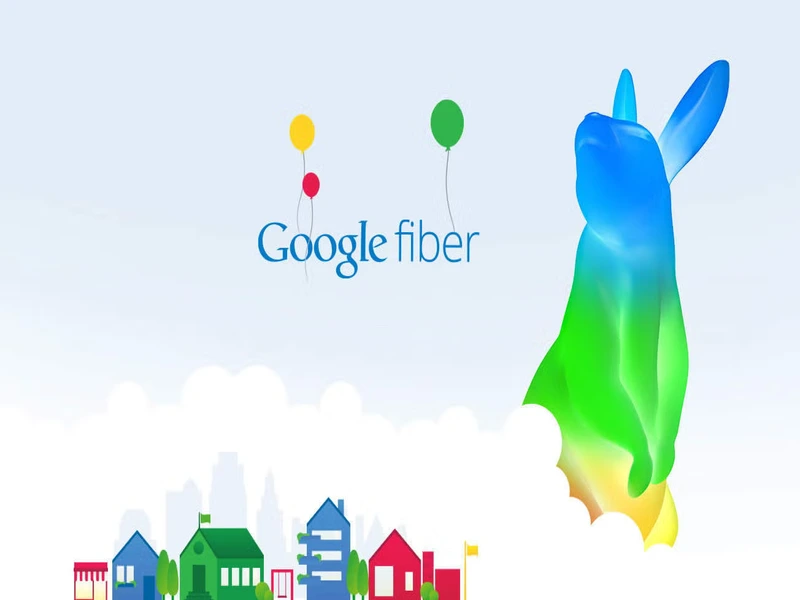- Google Fiber partners with Nokia to deploy 50G PON technology, enabling symmetrical 50Gbps services on its network.
- The upgrade marks a move to prepare for high-bandwidth demand driven by AI, gaming and cloud applications.
What happened: Google Fiber deploys Nokia’s 50G tech for faster symmetrical broadband
Google Fiber has begun rolling out Nokia’s 50G PON (passive optical network) technology, making it the first major US operator to do so. The technology enables symmetrical broadband speeds of up to 50Gbps. Nokia confirmed that Google Fiber is deploying its Lightspan MF-14 platform and ONU (optical network units), marking a significant shift from the 10G PON systems typically used in most fibre broadband networks today.
The deployment began with a successful trial in Kansas City. Liz Hsu, senior director of product and billing at Google Fiber, said the company aims to offer future-focused services. “We believe investments like this are necessary to stay ahead of customer demand,” she noted. Nokia’s access network president Geert Heyninck added that 50G PON is already a commercially available technology that is standards-compliant and interoperable.
Also Read: Nokia unveils 25G PON modems for faster fibre connectivity
Also Read: Google grows AI with $1.1B Châteauroux data centre build
Why this is important
Google Fiber’s adoption of 50G PON positions it ahead of other US broadband providers, with few having moved beyond 10G PON. This move supports the rising demand from AI-heavy workloads, 8K video, metaverse applications and advanced cloud gaming platforms. The decision suggests a shift in industry thinking—from upgrading in small steps to making larger bandwidth jumps to futureproof networks.
Nokia’s 50G PON standard was ratified by the ITU-T in 2021. Its early commercial use could push other telcos to move faster on next-generation deployments. In Europe, some operators like Openreach and Proximus are still piloting or testing 25G and 50G technologies. The strategic move by Google Fiber may influence how other ISPs worldwide plan their infrastructure.
With consumer and business applications demanding more bandwidth, symmetrical 50Gbps speeds enable fibre providers to support cloud-centric and latency-sensitive services. The approach reflects a more aggressive stance in network investment, which could redefine competitive dynamics in the US broadband market.

